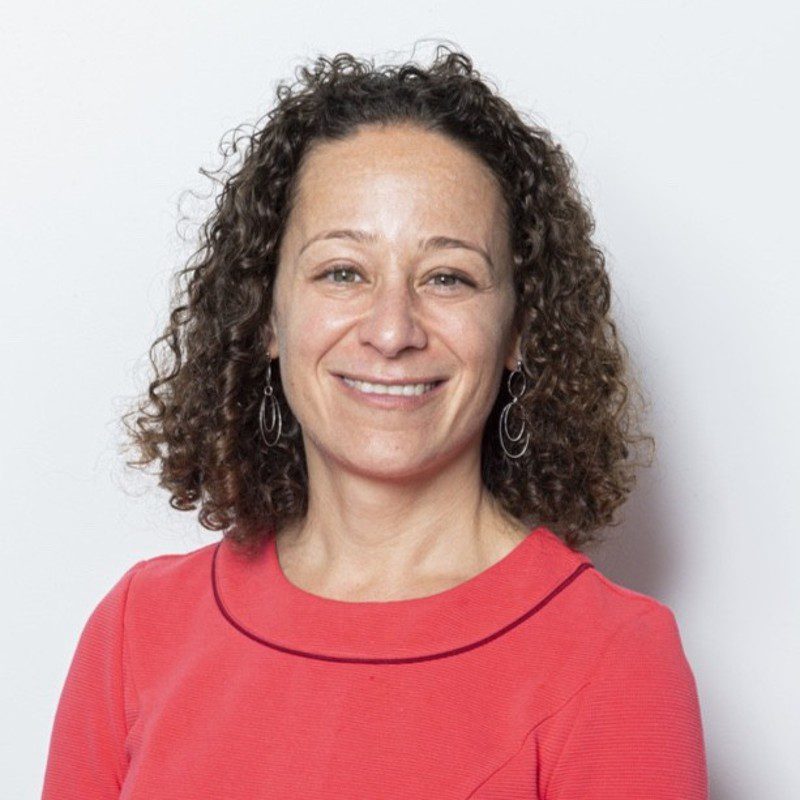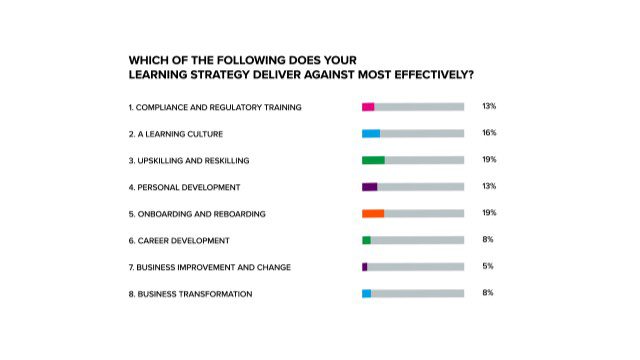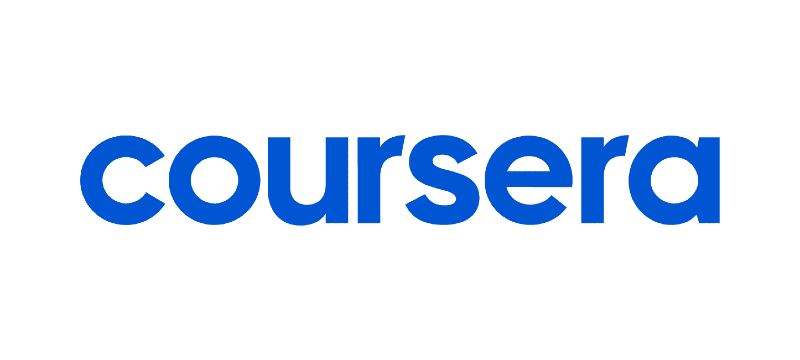2022 digital learning data and trends
Get a preview of Fosway's annual Digital Learning Realities research for 2022.
Hear about the latest trends and see how your digital learning compares.
Distinguish between the hype and the learning tools and technologies that are working in reality!




Based on new data from 2022 research, UNLEASH is thrilled to bring you this now-on-demand webinar with Coursera unpacking all things learning and skills. This session uncovers the realities of what’s happening on the frontline from Head of L&D at Capgemini, Sally Rhodes; Director of Research at industry analyst Fosway Group, David Perring; and Coursera expert, Jennie Drimmer, in an engaging presentation and conversation-based session.
Watch on-demand to:
- Zoom in on the latest trends in digital learning including tools, technology, and what’s really working in practice
- Examine how to move the needle with digital learning and design your solutions for real business impact
- Hear how learning leaders are innovating and challenging the status quo
Digital learning realities research
Digital learning is still very much the only game in town for most organizations, and at a time when many are now having to build their skills and talent base internally as well as buy it in, what channels and methodologies are working at speed and scale?
Fosway Group, the HR industry analyst that helps HR teams navigate the realm of HR tech, talent and learning investment priorities, is now in its seventh year of undertaking comprehensive research that explores the digital learning landscape. In this webinar session, David Perring, Director of Research, explored some of the early trends that are appearing from their preliminary discovery phase for the year ahead.
You can still take part in the research here.
How effective is L&D strategy?
During the live webinar session, we took the temperature from our attendees as to which goal their learning strategy was delivering against the most effectively.
Here were the results:

The results were not too dissimilar from those Fosway is seeing in its research, with Compliance and Regulatory training coming out as being the most effective, followed by the likes of Learning Culture, Upskilling and Reskilling, Personal Development, and Onboarding and Reboarding. It’s interesting to look at the areas where practitioners are rating themselves as effective, and consider these aren’t necessarily those areas with the biggest, most tangible impact on wider business objectives.
Sally Rhodes discussed that learning leaders perhaps need to look at how we measure effectiveness and that this could be where the lack of rating comes from. It’s easy to determine if we’ve undertaken a specific number of compliance training courses, however, it’s not the norm to measure the effectiveness of how our learning programs are impacting business transformation, for example, and know what figures and data to pull in order to show this. Jennie agreed with this by hedging the solution could lie with really questioning the “so what?” of everything we are doing in terms of strategy and aligning this to business outcomes, as well as goals.
The simple litmus test, for your activity, your focus, and critically for what we’re measuring, is, if you CFO comes and knocks on your door and asks you to show what you’re doing in L&D and your ROI for this, and you say, well ‘I can show you learning hours’, the response is going to be, ‘so what?’
Jennie Drimmer, Regional Director, EMEA, Coursera
L&D leaders can start to have conversations with the broader business to understand what is impacting the bottom-line in each department, outside of the HR sphere, to build bridges and linkages for L&D to input an outside-in view of what can help them perform better and reach goals more often and more consistently.
Is the hybrid workforce impacting L&Ds approach?
54% of respondents said their approach to learning has changed significantly to support a hybrid workforce. Only 2% report no change. So, overall, those who have made a change is 98%.
David Perring, Director of Research, Fosway Group
Sally, a huge supporter of digital learning, feels there are lots of things we can do that we haven’t tapped into yet. She commented that over the course of the pandemic, L&D leaders have definitely had their hand forced to implement certain tech and strategies to support hybrid and remote work settings that haven’t necessarily been thought through and end up being poor on the experience front for the learner. Looking to the future, Sally would really like to see more innovation in hybrid or blended learning strategies to support this bigger workforce trend.
There’s also a fear now, as Jennie highlighted, of returning to the “old way” of learning, and a need for L&D leaders to make sure that learning strategies can remain inclusive and focus on optimizing all the good things that have been implemented over the last two years, to create a future-proof “best of both” way of learning for the organization. Additionally, there’s an approach for L&D to remove the fatigue of purely digital and intentionally create opportunities to connect. The panel considered perhaps this is where L&D needs to start working collaboratively with Real Estate functions, as an example, to know what learning spaces in-person look like and repurpose those that already exist to suit the future workforce.
What priorities should L&D have for improving the learning experience?
- Business outcomes: Work with business partners to map learning objectives to wider business goals and then determine how you can measure this to prove effectiveness, ensuring everyone’s role in the team and focus is tying back to that.
- Personalization: Create learning pathways that are job or skill set specific and do this by looking at workflows, nudging, and flexing content to individual needs, and leveling this up through automation to aid in doing this at scale.
- Social learning: Better enabling these types of connections, curiosity, and motivation to learn that is so organic and harnessing this into our strategies.
- In-person learning: Working collaboratively with Real Estate functions to begin shaping what learning spaces in-person look like for the future.
- Talent mobility: Preventing L&D from being an island, but understanding the talent needs in the business, and becoming a stakeholder in this strategy.
To join our next session with Coursera, this time zooming in on how to create positive change for your organization through learning, check out the details and register here.
